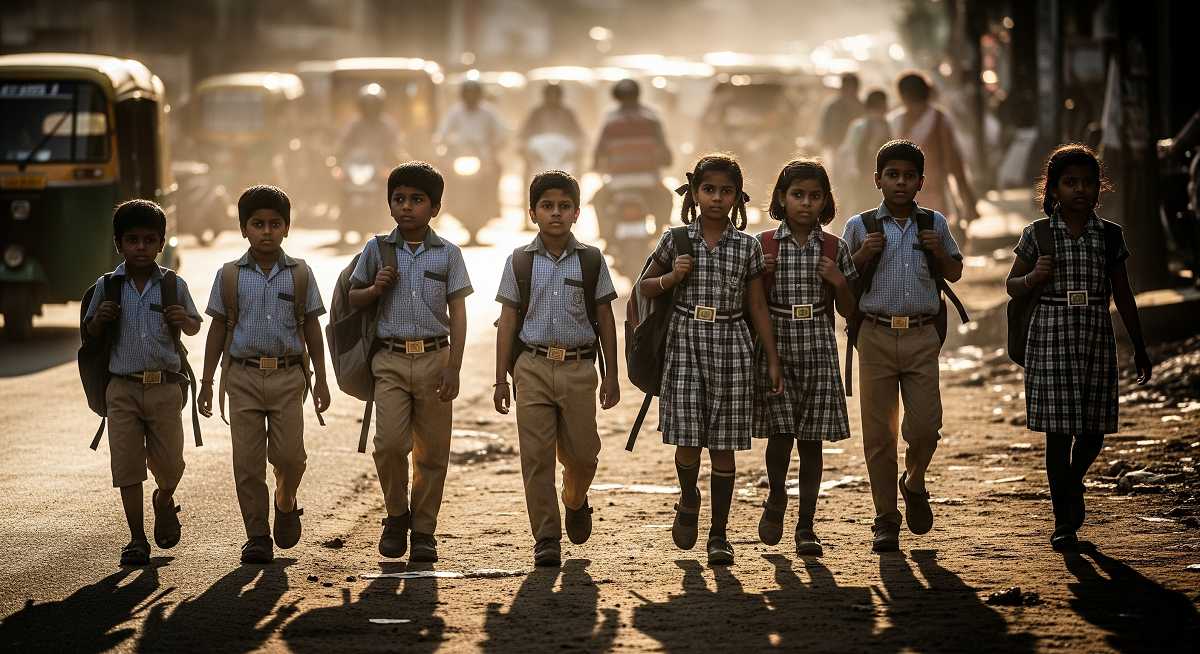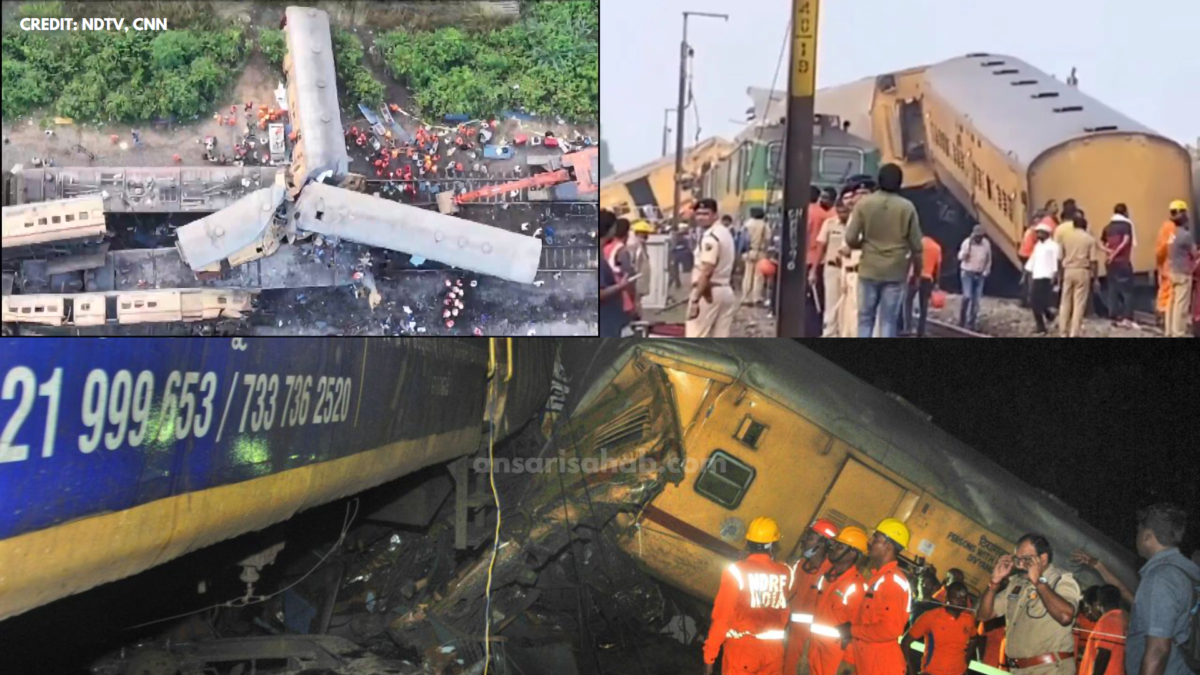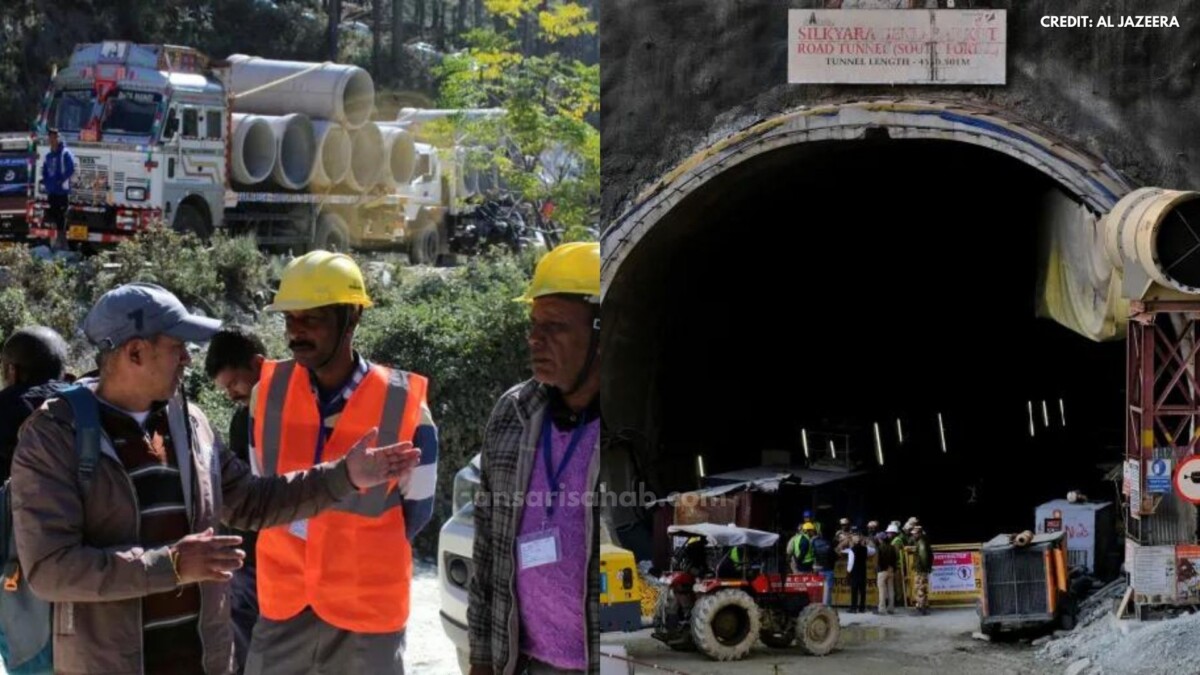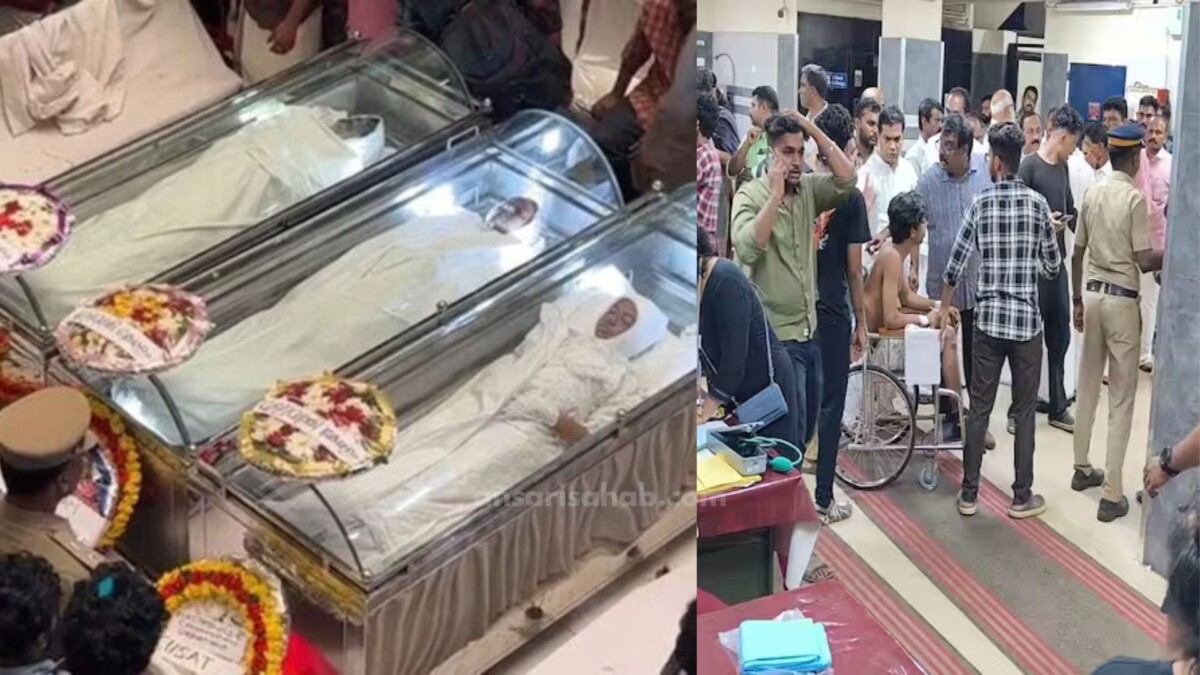Rising Alarm as 61 Children Go Missing in Dehradun
Over the past six weeks, 61 children have gone missing in Dehradun district, Uttarakhand, raising widespread concern among local authorities and families. Most of those missing are girls between the ages of 10 and 17. Many disappearances began after school hours or following family disputes, while others have reportedly involved social media lures. Police are escalating patrols and rescue efforts.
Where, When, and How They Went Missing
Police records show that several of the missing children were last seen leaving for school or returning home in the evening but never made it. In other cases, children reportedly stepped out of home after arguments or walked alone in neighborhood areas. Some were allegedly lured through social media platforms.
A few specific cases:
- On August 22, Selaqui police rescued three girls from Delhi who had left home following family disputes and were planning to travel onward to Mumbai.
- Another recent case involved two teenagers in Raipur; police traced one of them, allegedly lured by an Instagram user from Haridwar and brought to Dehradun. She was recovered by authorities.
Locals report miscreants loitering outside schools, especially during vacation hours, often riding on bikes. Residents also complain of irregular police patrolling, particularly in school zones.
Authorities Respond, But Challenges Persist
Dehradun police officials acknowledge the issue’s urgency. A senior officer told Jagran that not all missing children have been found yet, and many cases are still under active investigation. Police say they are working to improve surveillance, increase patrolling near schools, and monitor social media activity.
However, law enforcement sources admit there are limitations: staff shortages, delayed family reporting, and networked youth activity on social media complicate search efforts. The police have urged families to report disappearances early and advised children to avoid unsupervised interactions with strangers or online contacts.
What Experts Say & Community Reactions
Child welfare advocates emphasize that distractions like family conflicts, peer disputes, and the attractiveness of social media can make adolescents vulnerable. They point out that female children often face higher risks when going missing, due to gendered expectations, harassment, or threats. One educator in Dehradun noted that parents often underestimate the danger of unsupervised commutes or social media messaging.
Community members have rallied around families of missing children, organizing volunteer search groups and awareness drives. Local NGOs are calling for better school safety plans, CCTV coverage around residential areas, and stronger policies on online child safety.
Implications: Safety, Policy & Public Concern
The fact that 61 children missing in Dehradun in just six weeks has caught attention, and could prompt policy changes. Main concerns include:
- School Zone Safety: Increased demand for protection around schools — better lighting, fencing, security guards, and more visible police presence.
- Social Media Regulations: Calls for monitoring and regulation of lens for predatory behavior or misuse by minors.
- Family Conflict and Mental Health: As many disappearances follow disputes, mental health education and family counselling could be more widely deployed.
- Law Enforcement Capacity: Dehradun police may need more resources — dedicated missing-child units, faster response teams, better community liaison.
The rise in cases has also eroded public confidence in local safety. Parents in affected neighborhoods are publicizing missing notices, and many are demanding more transparency from the police about recoveries and active cases.
FAQs
A: It refers to a group of 61 children who have gone missing in Dehradun district over about six weeks, most of them girls aged between 10 and 17.
A: Many cases involve school-going girls, social media lures, or situations where family disputes pushed them out of home. These age groups are more vulnerable to online exploitation and less supervision.
A: Police have increased patrolling, especially around schools, urged early reporting by families, improved monitoring of social media, and are investigating individual cases. NGOs and community groups are also involved in awareness and search operations.
Sources: Daily Jagran









